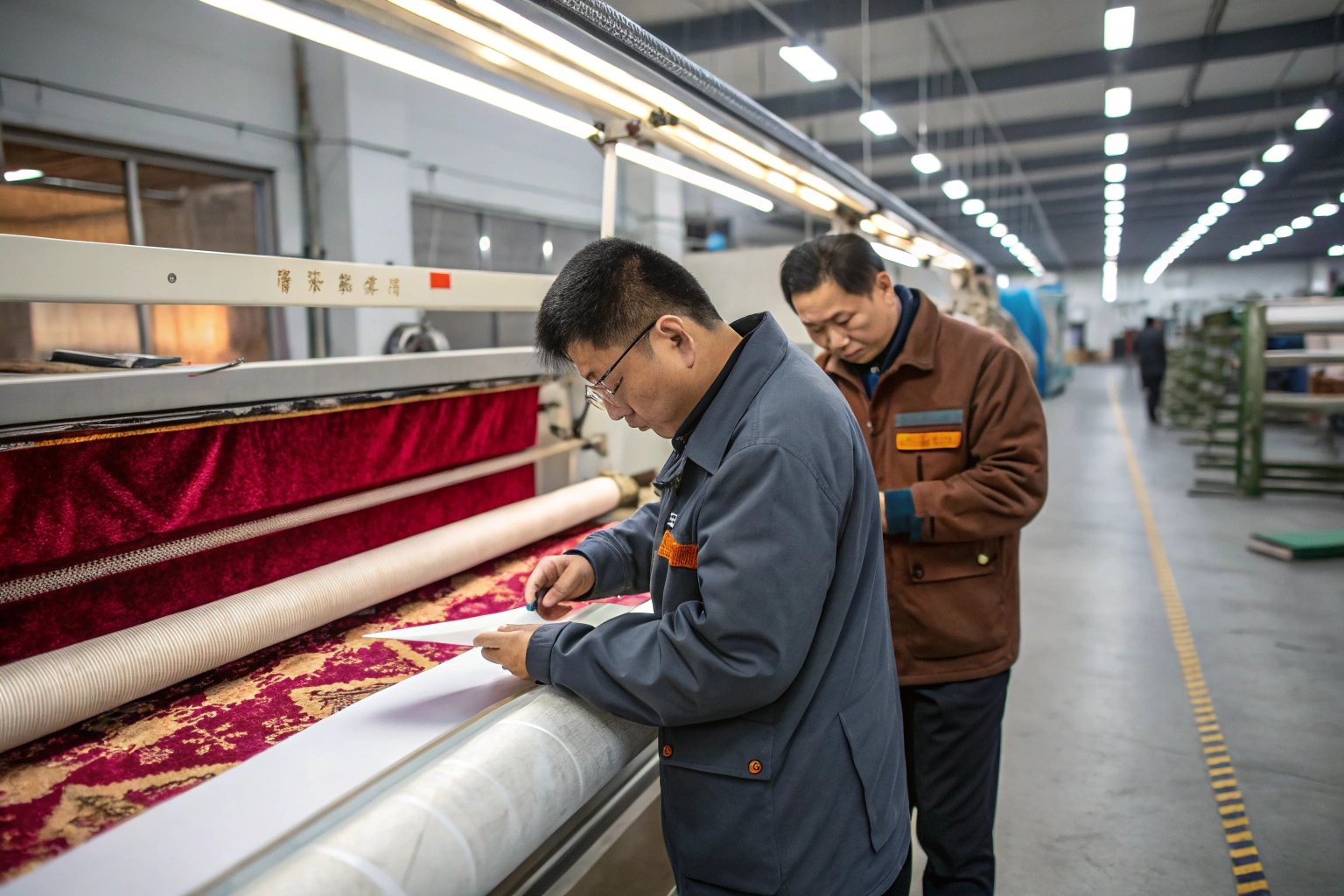Velvet is known for its luxury feel and plush texture—but anyone who has tried to source velvet knows how tricky pile height consistency can be. Even small variations lead to visible shade differences, production defects, or rejections from clients. For furniture makers, fashion designers, and upholstery buyers, pile uniformity isn’t optional—it’s essential.
To source velvet fabric with consistent pile height, buyers must choose suppliers with precision looms, real-time inspection systems, experienced finishing technicians, and strict QC protocols for density and height control.
Over the years, I’ve worked with brands across Europe and the US who require nothing less than perfection when it comes to velvet. Below, I’ll explain how we at Fumao manage pile consistency—and what you need to look for when evaluating velvet suppliers.
What Velvet Weaving Methods Impact Pile Uniformity?
Pile consistency starts at the loom. The type of weave and machine precision are fundamental to controlling the height and density of the cut pile.
Velvet made using double cloth weaving or warp pile weaving tends to show better pile consistency compared to flocked or knitted velvet.
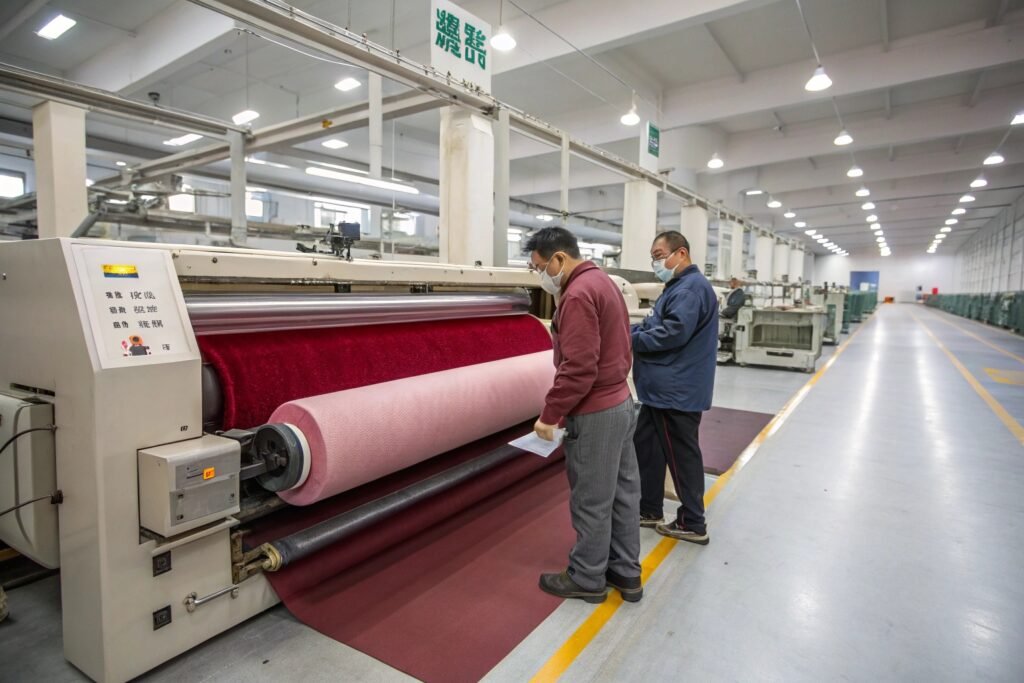
Why Is Double Cloth Weaving Ideal for Pile Control?
Double cloth weaving produces velvet by simultaneously weaving two layers of fabric with warp yarns forming loops between them. These loops are cut, forming uniform pile surfaces. High-speed Jacquard looms or double beam velvet looms allow exact pile height control down to fractions of a millimeter.
Top suppliers like Pongees UK and Brentano Fabrics often specify velvet made on double cloth looms due to its visual evenness and depth.
Are Flocked Velvets More Prone to Inconsistency?
Flocked velvet uses adhesive and electrostatically applied fibers rather than traditional weaving. While cost-effective, it’s more susceptible to uneven fiber distribution, shedding, and inconsistent pile height—especially on wide-width rolls. We generally advise using flocked velvet only for decorative or limited-use items.
Suppliers such as Sina Pearson highlight this distinction when offering velvet for commercial interiors.
How Do Fabric Finishing Processes Affect Pile Height?
After weaving, velvet must go through finishing—this is where pile can make or break. Even perfect weaving can be ruined if finishing is uneven.
Steaming, brushing, and shearing are key finishing stages that affect pile height consistency, appearance, and softness.
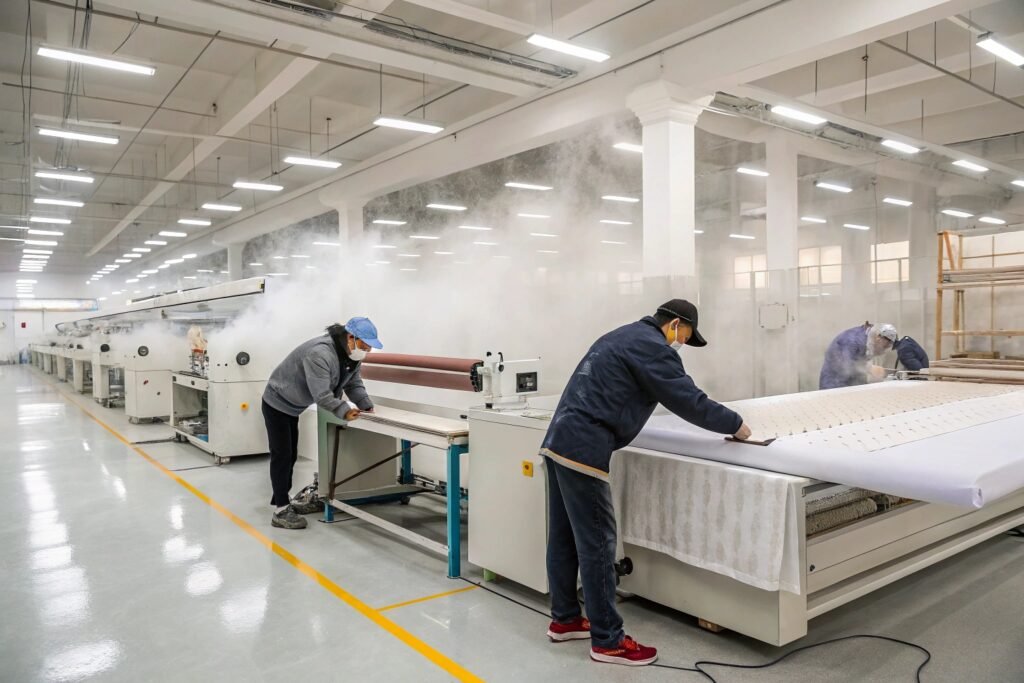
What Is the Role of Shearing in Velvet Uniformity?
Shearing trims the cut ends of velvet pile to an even height, ensuring smooth surface and light reflection. At Fumao, we use shearing machines calibrated to 0.1mm accuracy, which gives our velvets a mirror-like sheen without uneven spots. Buyers should always ask their supplier how often blades are calibrated.
Mahlo GmbH provides precision shearing and inspection systems that some advanced velvet mills integrate into production.
Why Is Controlled Brushing Essential?
Brushing aligns pile direction and enhances texture. But aggressive brushing or uneven pressure can result in visible stripe effects. We use multi-stage brushing with tension-controlled rollers for consistent pressure across the width.
Brands in luxury furniture often use brushed velvet treated with anti-crush finishing to maintain pile recovery over time.
What Quality Control Standards Ensure Pile Accuracy?
QC is where problems get caught—or missed. A good supplier inspects both in-line and post-production for pile irregularities.
Velvet fabric QC includes pile height measurement tools, visual inspection under standard lighting, and pile density testing.
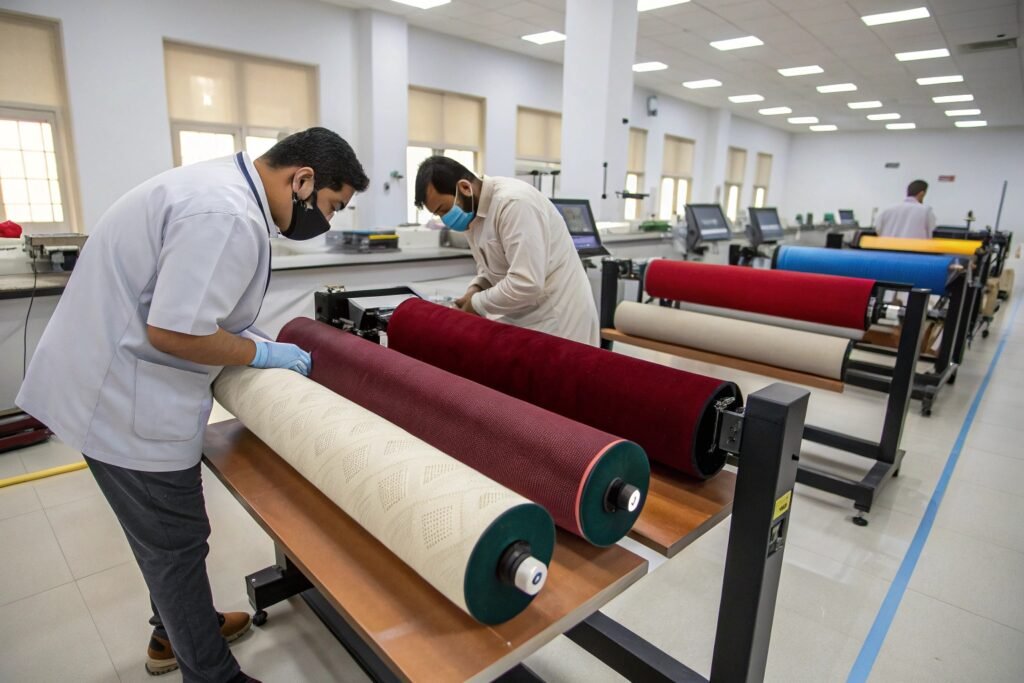
How Is Pile Height Actually Measured?
We use calibrated pile height gauges and optical scanners to measure sample sections from every roll. Consistency must stay within ±0.2mm from the master sample. For clients in furniture or automotive upholstery, we include a full report with each shipment.
Tools like the Textest FX 325 are used by advanced mills for non-contact pile measurement.
What Lighting Conditions Are Used for Visual QC?
Lighting plays a big role in detecting pile variation. We inspect velvet under D65 and A lightboxes to simulate both daylight and warm indoor lighting. This helps catch pile direction mismatch, banding, or shading before shipment.
Some brands request additional lightfastness tests, which we conduct using ISO 105-B02 for pile fabrics.
How to Communicate Velvet Specs with Suppliers?
Clear communication is everything. Velvet orders often fail due to vague specs or assumptions. You need documentation, not just photos.
To source velvet with consistent pile, buyers must define pile height, density, face weight, and direction in clear technical packs.
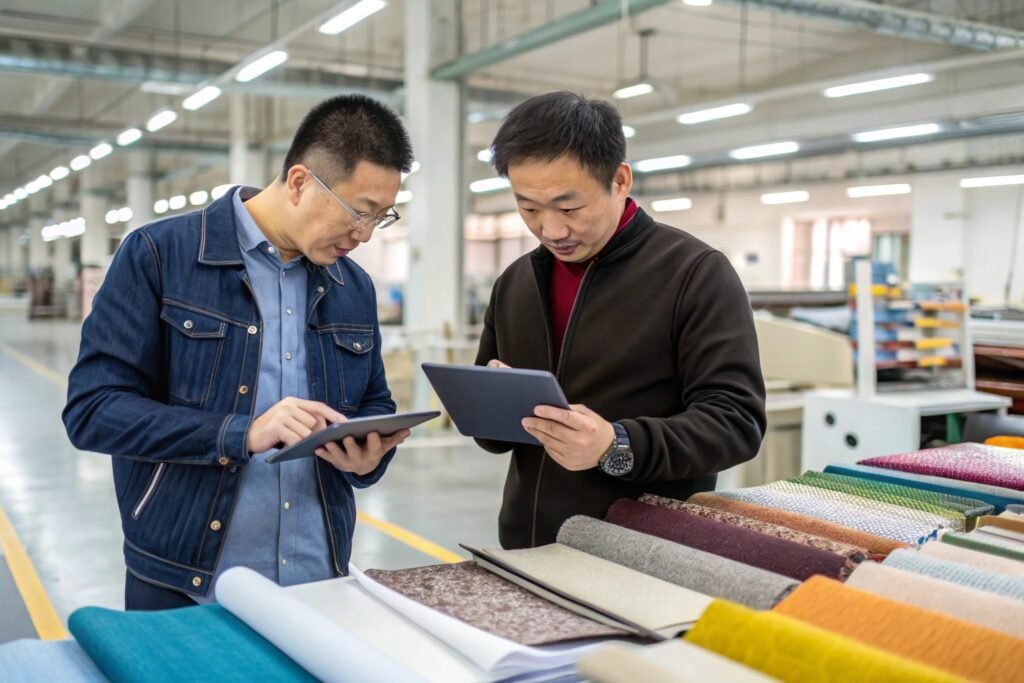
What Info Should Be in a Velvet Tech Pack?
A velvet tech pack should include:
- Pile height (e.g., 1.2mm ±0.1mm)
- Pile direction ("down" or "up")
- GSM or oz/yd² face weight
- Density (pile yarns per cm)
- Fiber content and blend %
- Finish type (brushed, embossed, anti-crush)
We offer downloadable spec templates that align with ASTM D3776 standards to ensure global compatibility.
How Can You Verify Specs Before Bulk?
Always ask for lab-dipped velvet strike-offs and physical pile swatches. We provide side-by-side comparison boards with lighting simulation to check sheen and pile lay direction. Many of our clients use this for showroom presentations or pre-production marketing.
We also support third-party inspections via Intertek or QIMA for large-volume velvet shipments.
Conclusion
Velvet’s appeal lies in its rich texture and optical depth—but that beauty relies on precise pile height control from loom to shipment. Whether you’re buying for luxury sofas or boutique fashion, consistency isn’t luck—it’s process. At Fumao, we invest in calibrated looms, multi-stage finishing, digital pile testing, and client-driven spec sheets to deliver velvet you can trust. When your fabric must match across 1,000 chairs or 10,000 meters, consistent pile height isn’t a bonus—it’s the business.

